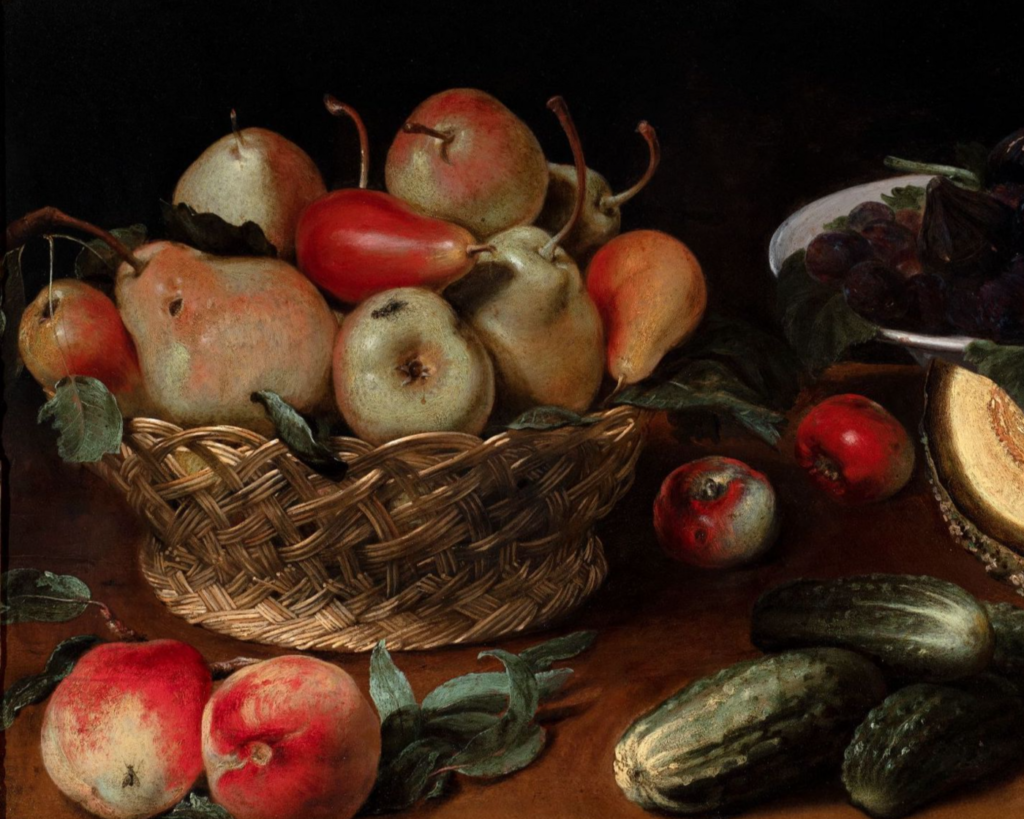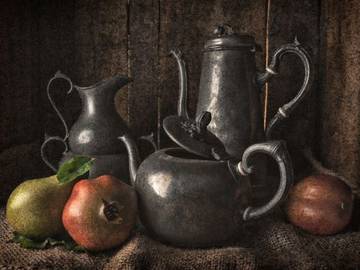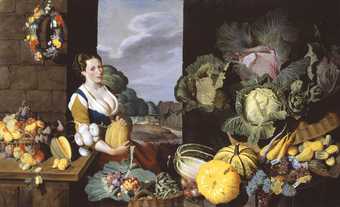still life is a painting or drawing of an arrangement of objects, typically including fruit and flowers and objects contrasting with these in texture, such as bowls and glassware.



There are multiple different types of still life which are: Flowers which symbolises life and growth, Banquet or Fruit which can symbolise religion e.g. Adam and Eve, Animals or skulls which symbolises mortality and other symbolic items

Still life started in the 17th century when paintings of objects developed a great popularity in Europe. The momentum for this term came as artists created compositions with greater complexity, whilst bringing together a wider variety of objects to communicate symbolic meanings.
Vanitas
Vanitas is A still life artwork which includes various symbolic objects designed to remind the viewer of their mortality and of the worthlessness of worldly goods and pleasures.
The term “vanitas” originally comes from the opening lines of the Book of Ecclesiastes in the Bible: ‘Vanity of vanities, saith the Preacher, vanity of vanities, all is vanity.’
Vanitas are closely related to still life which is artworks that remind the viewer of the shortness and fragility of life and include symbols such as skulls and extinguished candles. However vanitas still life’s also include other symbols such as musical instruments, wine and books to remind us explicitly of the worldly pleasures and goods.

(memento mori is a Latin phrase meaning ‘remember you must die’)
Memento mori is Latin for ‘remember that you must die’. This is an artistic symbol and has appeared in funerary art and architecture from the medieval period onwards.
The most common motif of this is a skull, often accompanied by multiple bones, coffins, an hourglass and flowers to symbolise the impermanence of human life.

